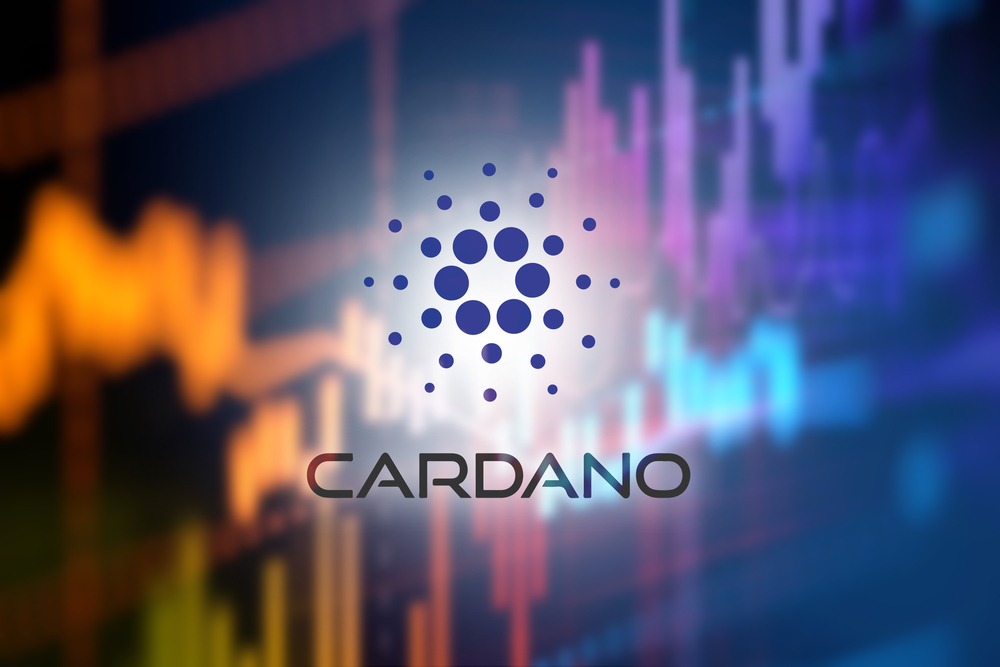Bitcoin Ordinals Or Ethereum NFTs: Which Should Be Your Choice?

Over the years, digital collectible ownership has transcended mere transactions, opening new avenues for creativity, expression, and investment. Bitcoin Ordinals and Ethereum-based Non-Fungible Tokens (NFTs) are at the forefront of this evolution.
These innovations have reshaped the way users perceive and interact with digital content. This guide explores the two entities’ similarities, differences, and prospects.
The Genesis Of NFTs
The launch of NFTs began in 2014 with the minting of the first one – Quantum on the Namecoin blockchain. However, Ethereum catalyzed the mainstream adoption of NFTs in November 2017.
By introducing a platform for creating, hosting, programming, and trading NFTs, Ethereum revolutionized the digital art space and paved the way for a new era of decentralized ownership.
Try Crypto Engine today, the best crypto trading bot! Click here to sign up. Artificial intelligence crypto bots are leading the trading markets, you can take part in the AI revolution and make money too! Stay ahead of the crypto game with Artificial Intelligence crypto trading bot today!
The Birth Of Bitcoin Ordinals
However, in January 2023, Casey Rodarmor, a former Bitcoin Core contributor, launched Bitcoin Ordinals. Bitcoin Ordinals, the brainchild of Rodarmor, are NFTs built using the Bitcoin blockchain. Leveraging the inherent capabilities of satoshis (the smallest denomination of Bitcoin), Ordinals enable the inscription of digital art directly onto the Bitcoin blockchain.
The Technicalities Behind Bitcoin Ordinals Protocol
The foundation of Bitcoin Ordinals rests upon the Segregated Witness (SegWit) and Taproot updates. SegWit, implemented in 2017, optimized Bitcoin’s transaction structure by separating witness and transaction data to increase the block’s capacity.
Meanwhile, Taproot (introduced in 2021) bolstered Bitcoin’s security and transaction privacy while enhancing its capability for data inscription. The Bitcoin Ordinal protocol then facilitated the direct minting of NFTs onto the blockchain.
Like Ethereum-based NFTs, these Bitcoin Ordinals inscriptions encompass digital artifacts such as text, images, or videos. The Ordinals protocol assigns a unique ordinal number to each satoshi on the Bitcoin blockchain, thereby inscribing non-fungible data without compromising the fungibility of the underlying token. This ordering system ensures backward compatibility and preserves Bitcoin’s core principles of immutability and decentralization.
Ethereum NFTs: The Smart Contract Revolution
In contrast to Bitcoin Ordinals, Ethereum NFTs are built via smart contracts, adhering to ERC-721 and ERC-1155 standards. These standards define the functionalities and properties of NFTs, allowing the representation and ownership of unique digital assets on the Ethereum blockchain. Smart contracts enable the seamless creation, ownership, and transfer of NFTs while facilitating off-chain metadata storage.
Similarities And Differences
Similarities
- Creation and Representation of Unique Assets
Bitcoin Ordinals and Ethereum NFTs enable users to create, represent, and trade unique digital assets. Whether digital art, music, videos, or other forms of creative content, both platforms offer a decentralized solution for artists and creators to tokenize their work.
- Immutable and Decentralized Nature
The underlying blockchain technology ensures the immutability and decentralization of digital assets on Bitcoin Ordinals and Ethereum NFTs. Once recorded on the blockchain, ownership, and transaction history are transparent and tamper-proof, providing users with confidence in authenticating their assets.
- Decentralized Verification
Transactions involving Bitcoin Ordinals and Ethereum NFTs undergo decentralized verification by the respective blockchain networks. This process eliminates the need for intermediaries, such as banks or centralized authorities, ensuring trustless and transparent transactions between parties.
Differences
- Architectural Approach
Bitcoin Ordinals operate natively on the Bitcoin blockchain, leveraging the protocol’s inherent capabilities to inscribe data directly onto individual satoshis. In contrast, Ethereum NFTs rely on smart contracts for creation and management, utilizing standards like ERC-721 and ERC-1155.
- Data Storage and Flexibility
Bitcoin Ordinals store all data directly on the blockchain, increasing transaction size but ensuring on-chain immutability. Conversely, Ethereum NFTs utilize off-chain storage for metadata, allowing for greater flexibility in modifying or enhancing the appearance of digital assets without altering the underlying blockchain data.
- Ecosystem Support and Interoperability
Ethereum NFTs benefit from a mature ecosystem with established standards, platform interoperability, and widespread marketplace support. This robust ecosystem enables seamless integration with various applications and services, enhancing the utility and liquidity of Ethereum-based NFTs. In contrast, Bitcoin Ordinals are still in the early stages of development, with limited ecosystem integration and interoperability.
- Royalties and Smart Contract Functionalities
Ethereum NFTs offer advanced smart contract functionalities, including enforcing royalties for creators through marketplace conventions and smart contract functionalities. Creators of Ethereum NFTs can earn royalties each time their assets are traded or sold on secondary markets. Even though it offers immutable ownership and transfer, Bitcoin Ordinals do not inherently support royalties or advanced smart contract functionalities.
Conclusion
AI technologies are increasingly utilized in digital artwork creation, offering new avenues for creativity and expression. Furthermore, the demand for blockchain network interoperability has led to the development of standards like BRC-721E, enabling the seamless bridging of Ethereum-based NFTs to the Bitcoin network. Also, this convergence of disparate blockchain ecosystems paves the way for true cross-chain compatibility, unlocking new possibilities for digital asset management and exchange.
Disclaimer: Latest Coin News is your go-to platform for promoting content for a multitude of cryptocurrency and blockchain enterprises, and your organization could be the next to benefit from our services! For inquiries, don’t hesitate to connect with us via our Telegram Chat. Given the volatile nature of the cryptocurrency market, we encourage you to conduct comprehensive research prior to making any investment decisions. Some of the content on our website, such as broker reviews, is either paid content or contributions from guest authors and may not necessarily reflect the views of Latest Coin News. We disclaim any responsibility for the accuracy, quality, and content of advertisements, products, or any other materials, including ad spaces displayed on our platform. For a thorough understanding, we invite you to review our full terms and conditions and disclaimer.






